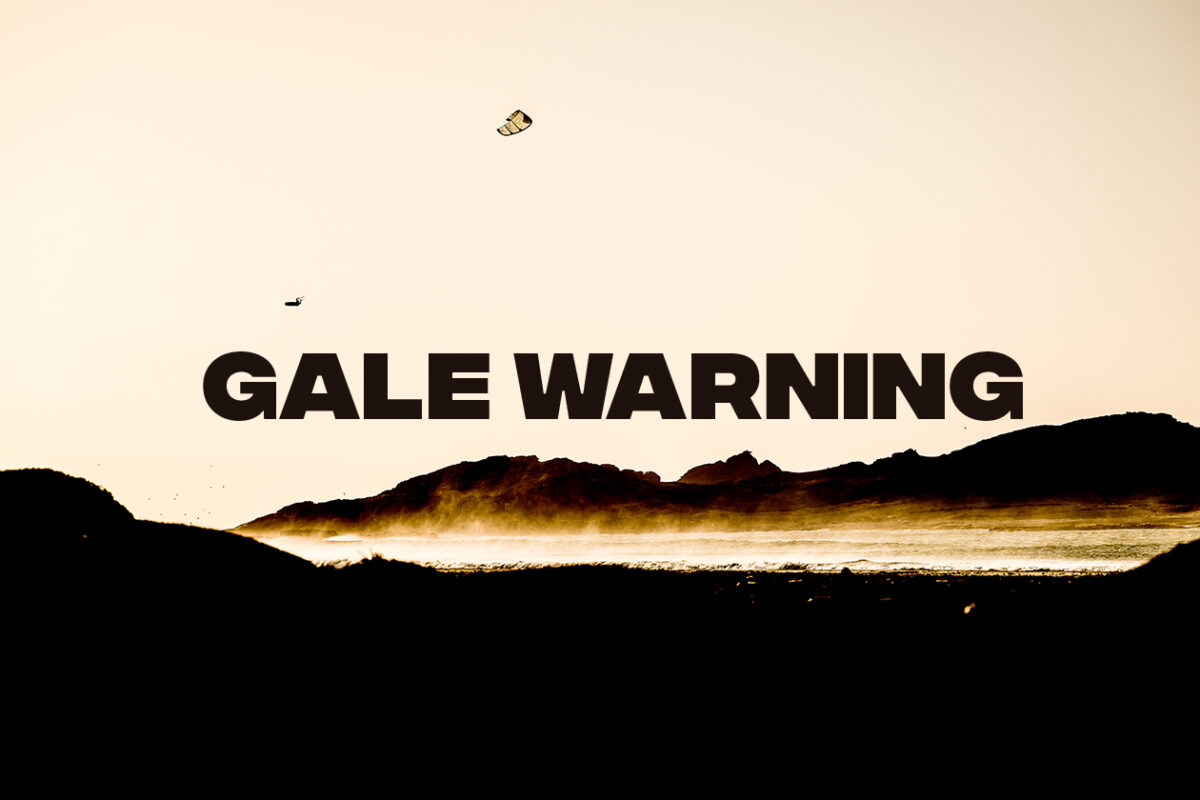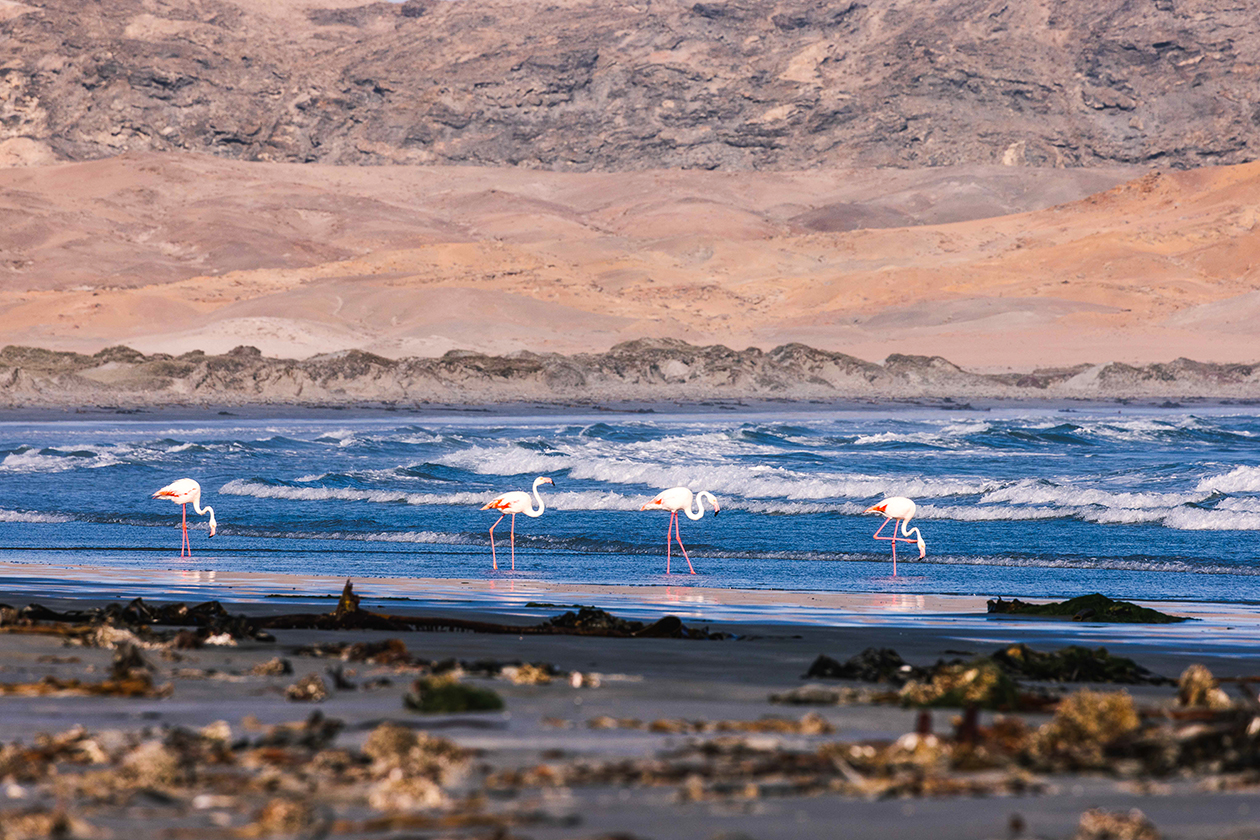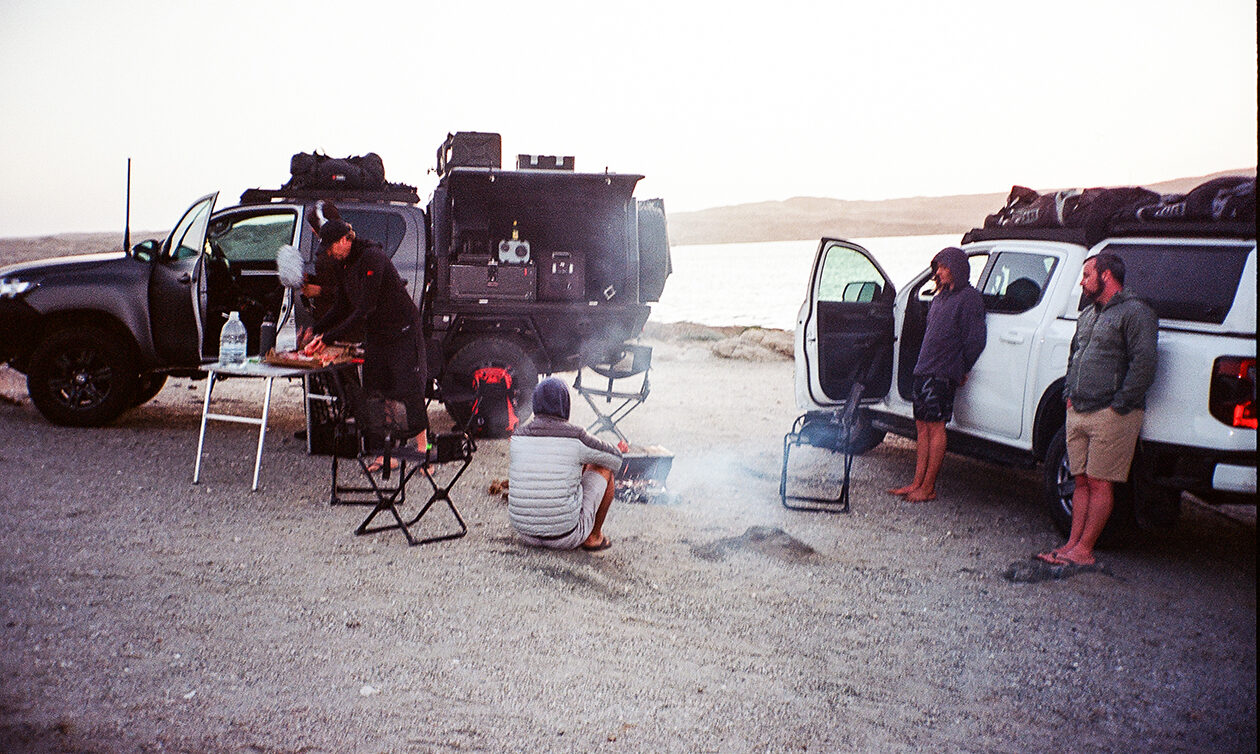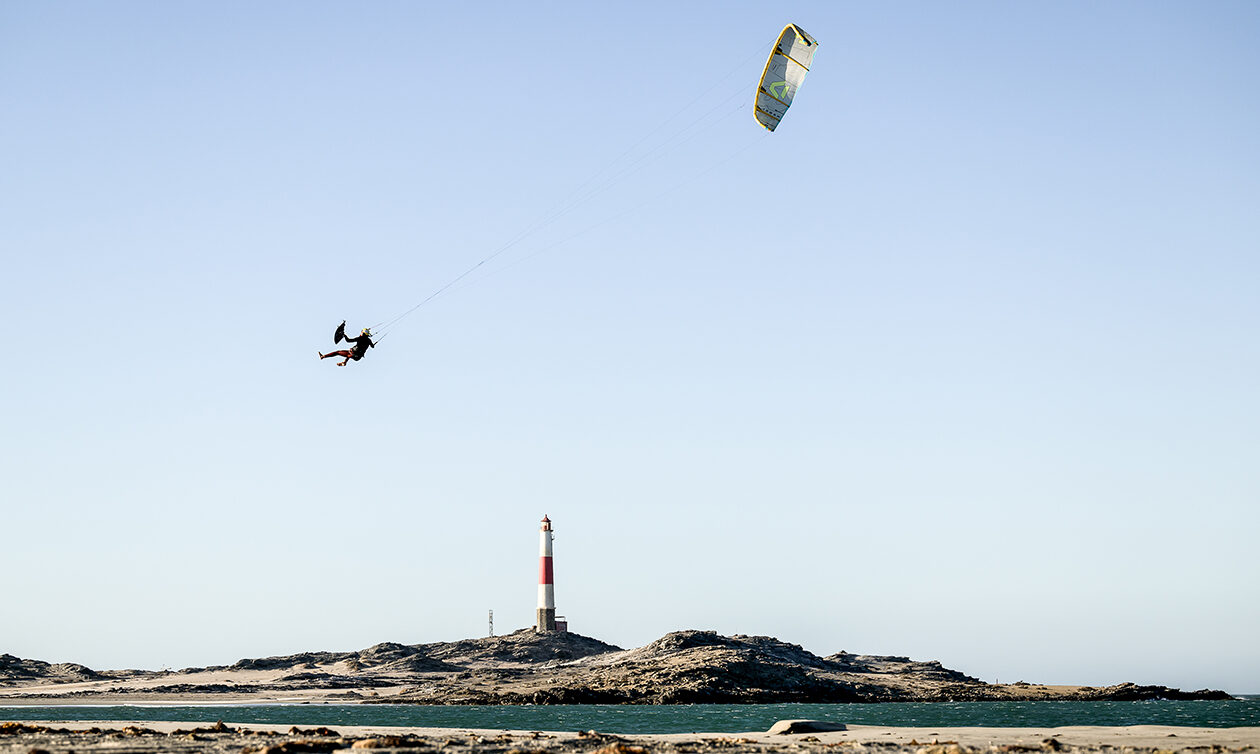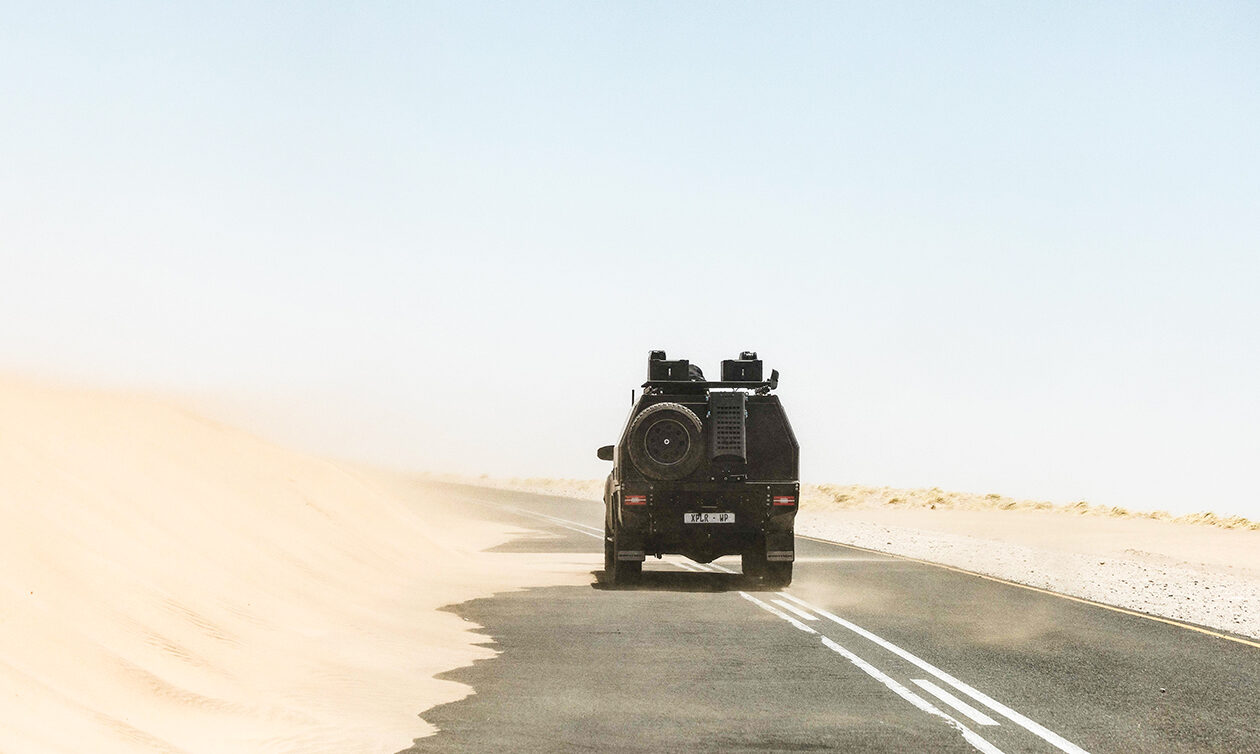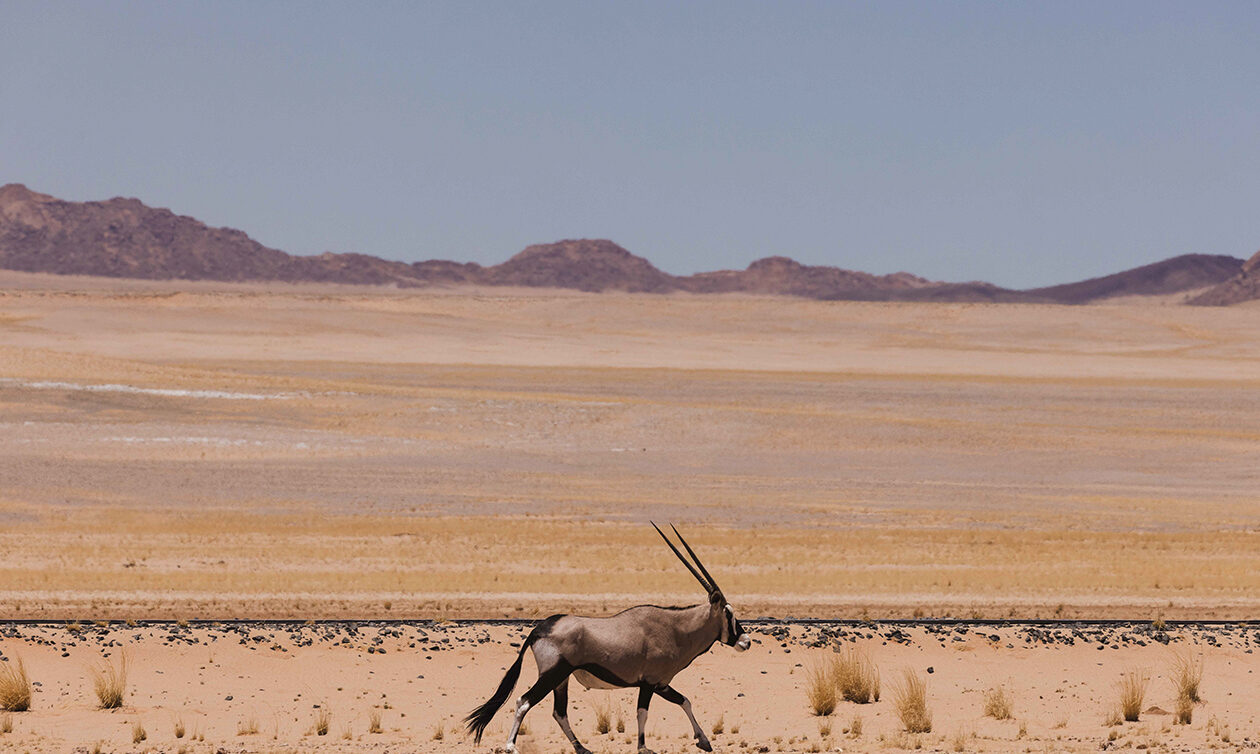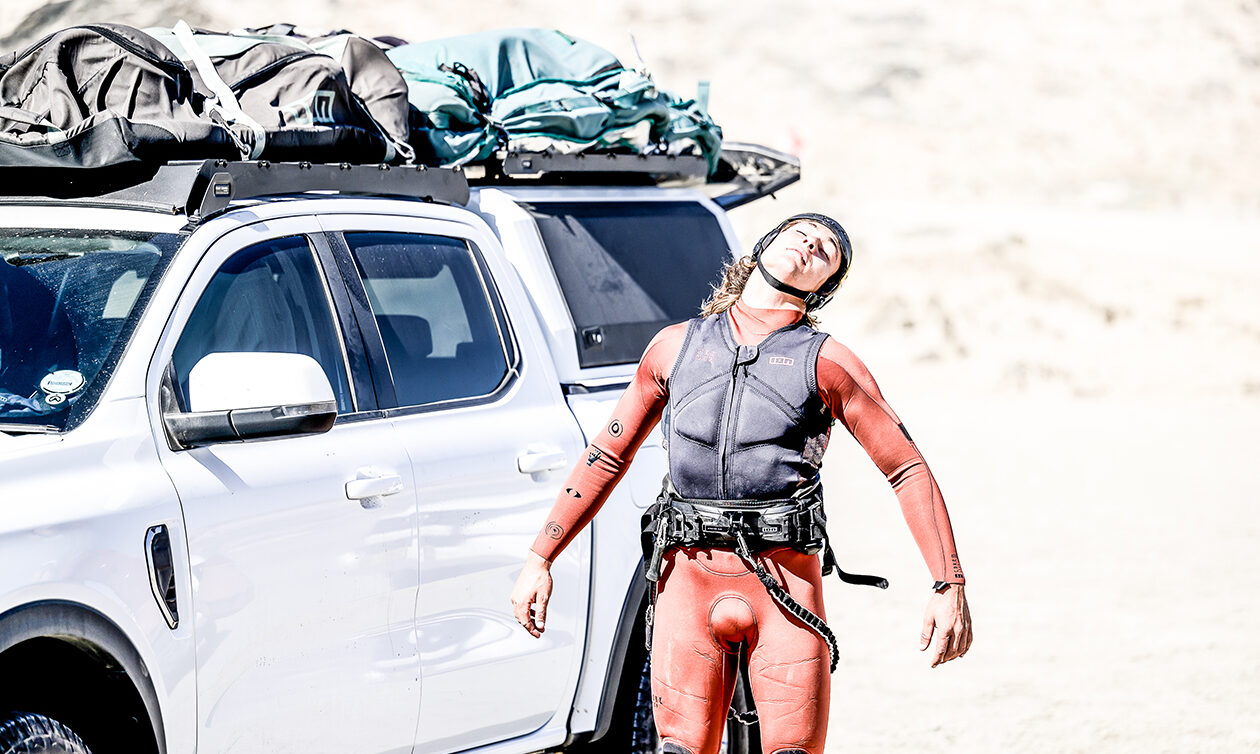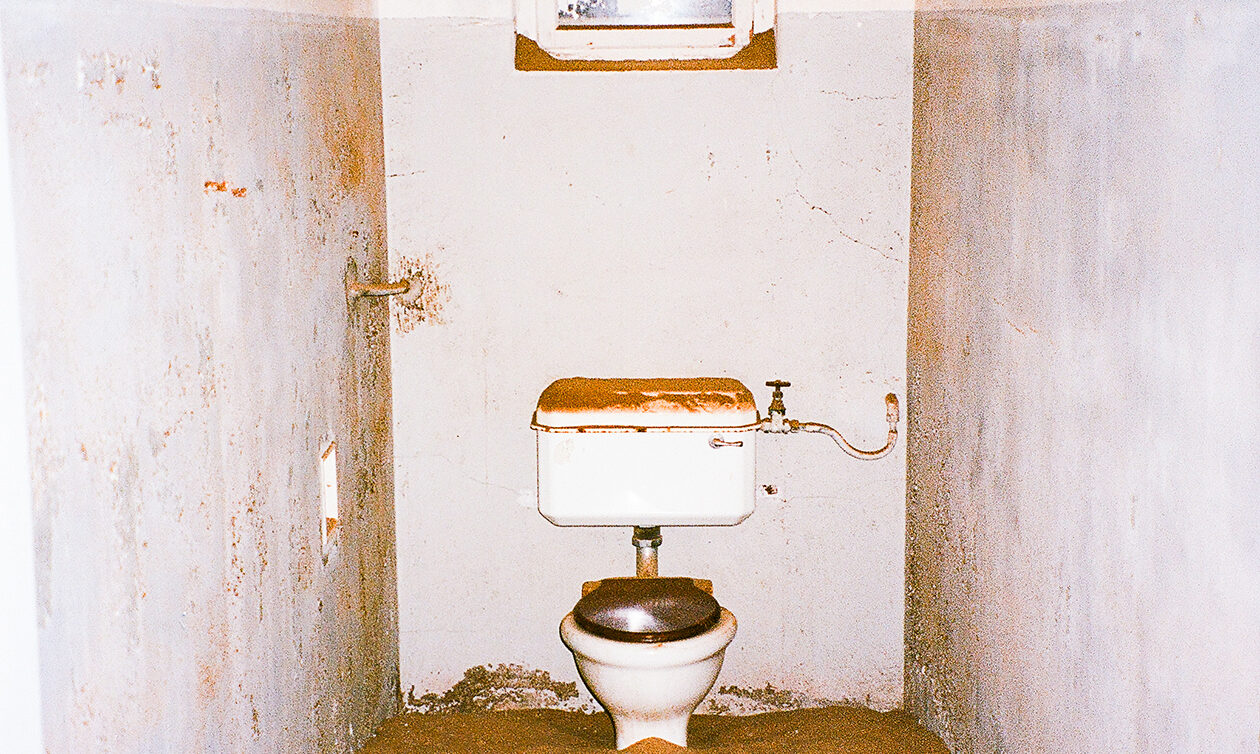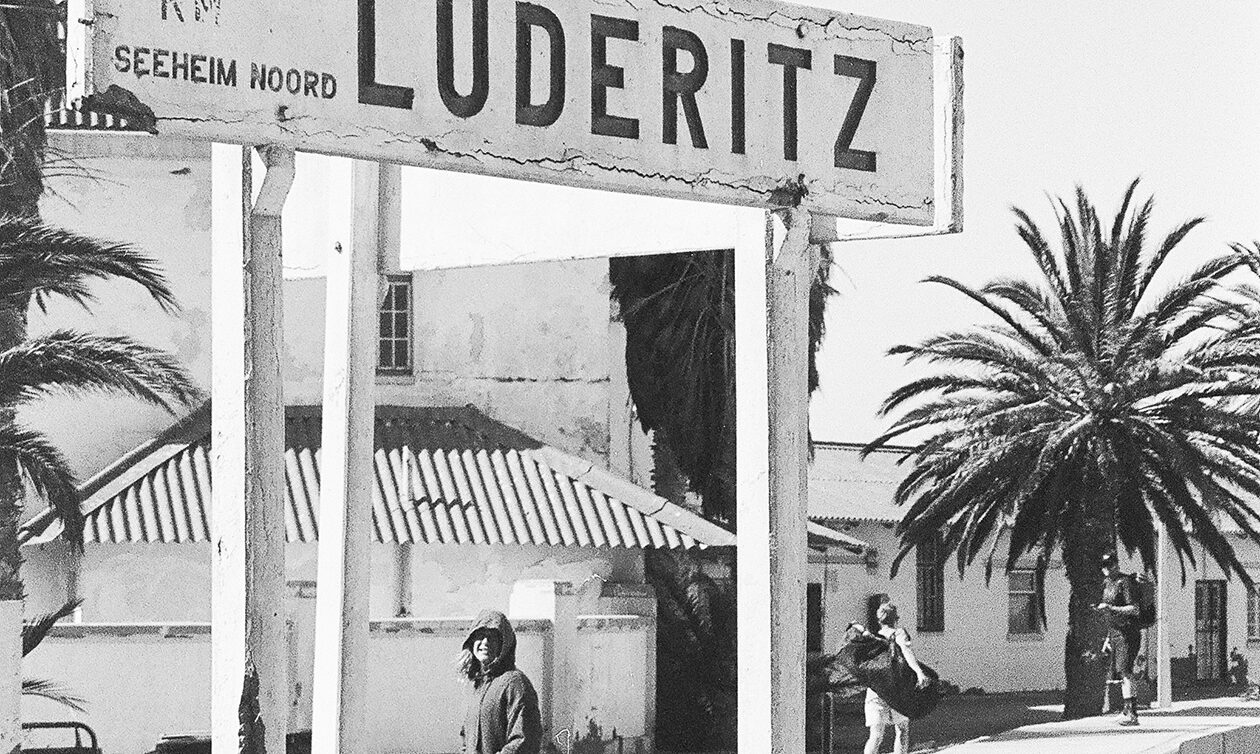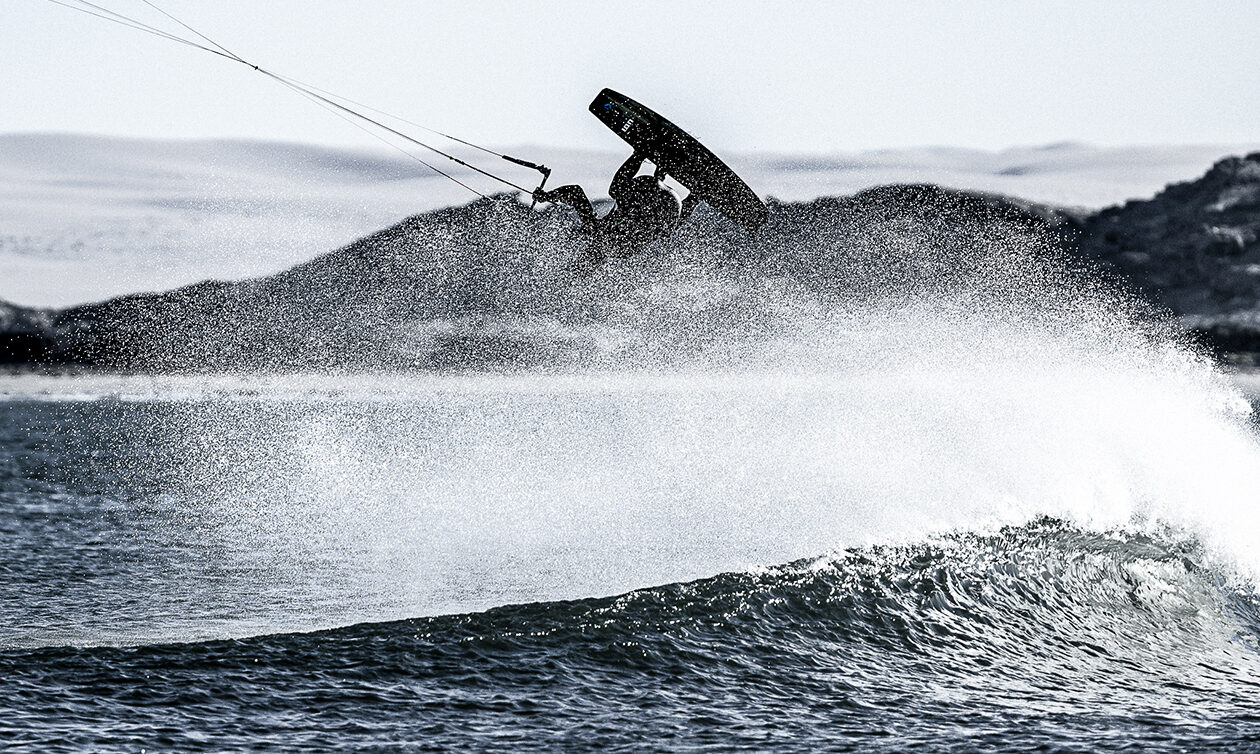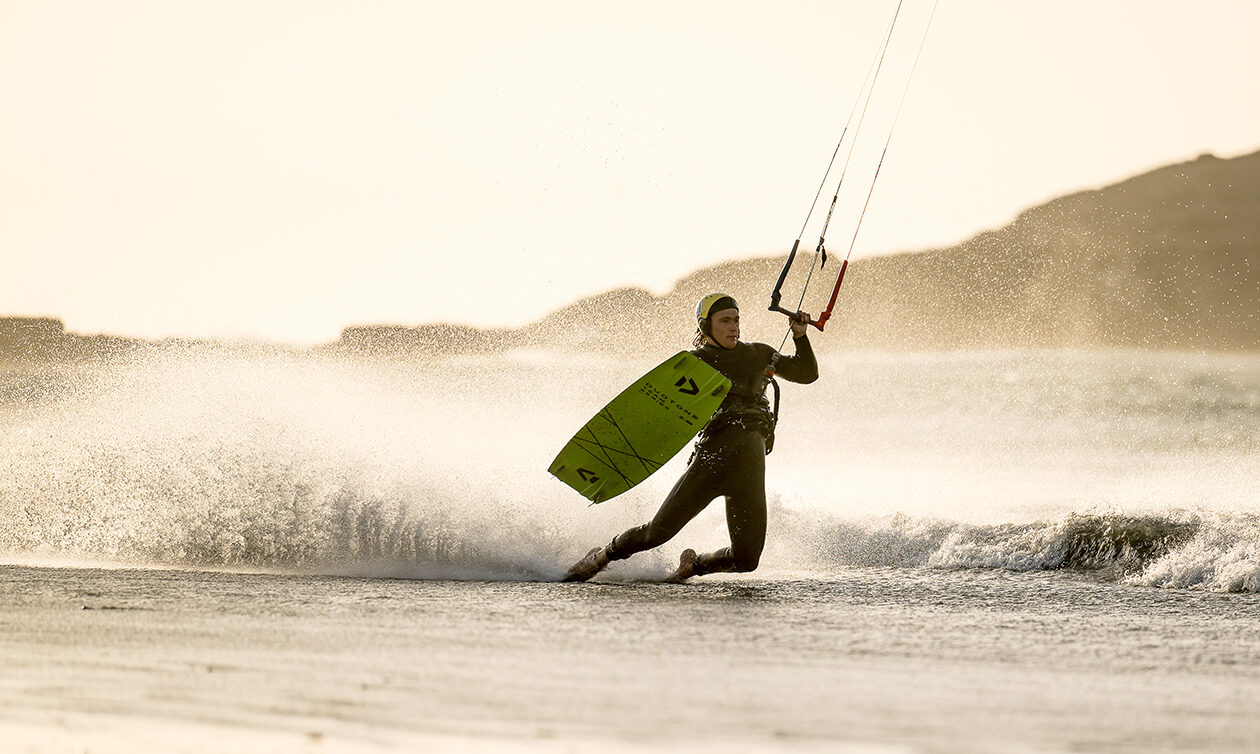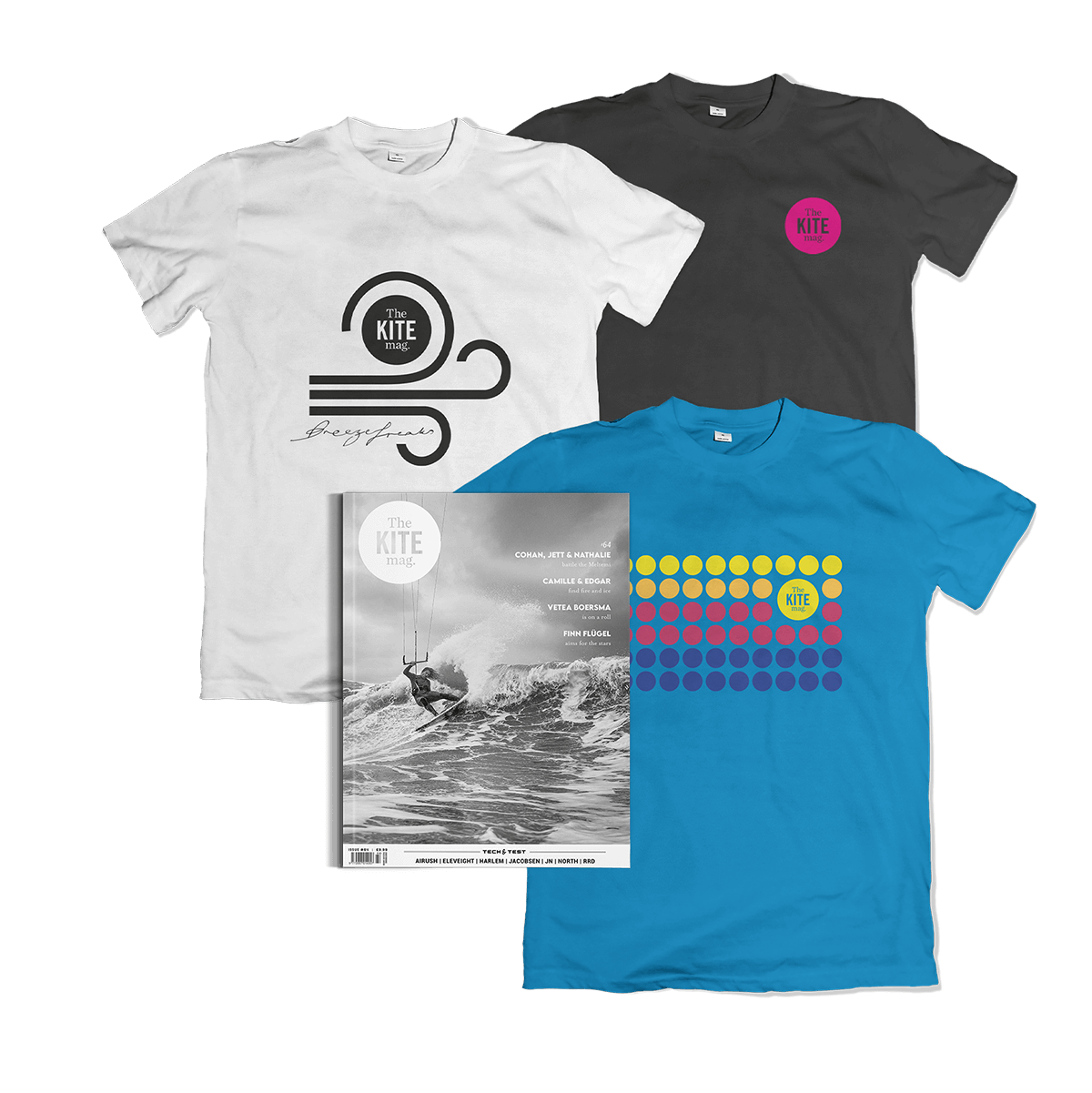Vehicles are an incredible tool for both transportation and experience. While travel by aircraft is arguably the most efficient, you miss everything that is below – every bump in the road, every scenic viewpoint, every wandering animal, every road-stop fuel station, and the chance to view a changing scenery in real time. When David introduced the idea of road-tripping to Namibia, I imagined how the experience might unfold, and frankly, my expectations were severely amiss. With Cape Town in our rearview, the paved highways became progressively less trafficked and the smooth pavement beneath the tires withdrew as the rumble from dirt roads began. As we traveled north over a 14-hour haul, vegetation became more scarce and fertile soil progressively morphed into cosmic dust as we distanced ourselves from contemporary comforts. I wondered what the outcome might look like if we were to have car troubles, hours from any potential rescue point… However, thanks to the support of Front Runner, we had access to some of the most equipped vehicles imaginable, bestowing a sense of assurance and reliability in scenarios of uncertainty.
As we slowly descended upon our destination, along with scenic changes, we encountered dramatic weather alterations. In my lifetime, especially while being involved with the kite industry, I have experienced an array of windy conditions ranging from a delicate breeze to a punishing howl. However, never once had I endured winds of such sustained and violent intensity. The single roadway, both in and out of town, was lined with crews operating excavators and bulldozers who were not conducting road repairs but, instead, daily maintenance. The wind in this particular area is so formidable that anything in its path eventually erodes and becomes windswept, and in this case, desert sand was being transported by the pound in abundant yields. When not routinely cleared, the roadway becomes completely buried, making entrance into the town impassible.

